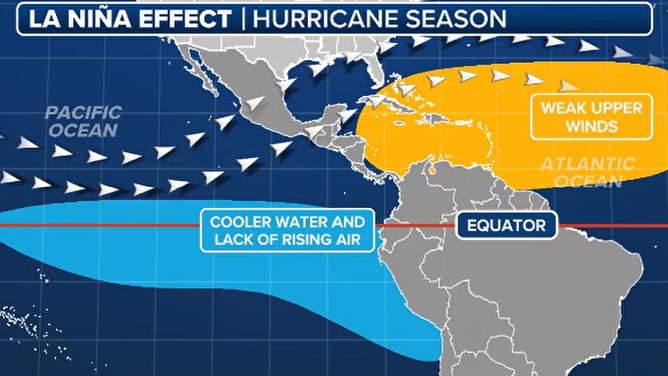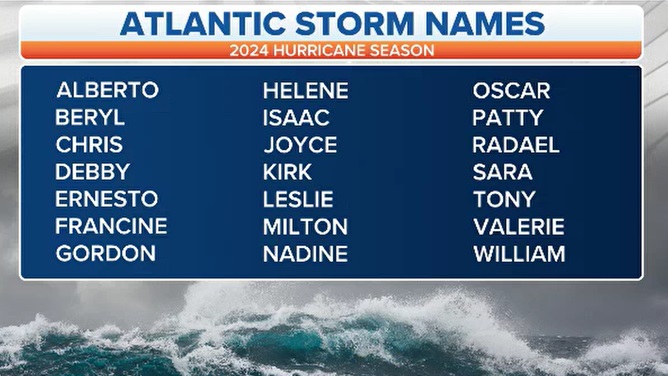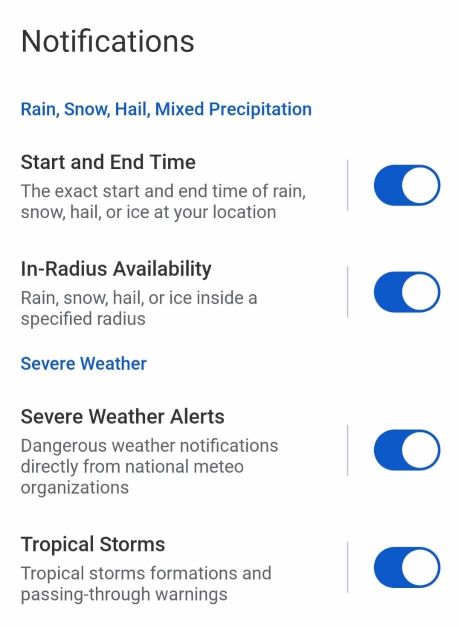In anticipation of the 2024 hurricane season, let us remind you of when to await the first tropical cyclones and how to prepare for them. So when does hurricane season start for both basins? There are no exact hurricane schedules, but, as every year, the Atlantic hurricanes typically begin on June 1st. For the Pacific, the hurricane season dates are May 15th in the east and June 1st in the central areas.
While definitive predictions remain elusive this early, forecasters are hinting at potentially active seasons in both basins. This blog post will delve into the factors influencing activity in each region, current forecasts, and essential preparedness tips to keep you safe on both coasts.
Factors Influencing Hurricanes in Each Basin
Several factors impact hurricane activity in both the Atlantic and Pacific.
| Factor | Basins |
|---|---|
| High ocean temperatures | More storms in both basins |
| La Niña | More storms in the Atlantic |
| El Niño | Potentially more storms in the Pacific |
| Wind shear | Potentially fewer storms in the Atlantic |
Ocean Temperatures
Warm ocean waters fuel storm formation. Above-average temperatures in both the Atlantic and parts of the Pacific create a favorable environment for tropical storm development.
La Niña and El Niño
La Niña generally enhances the Atlantic hurricane activity, while El Niño suppresses it. The Pacific season’s influence is less predictable, but El Niño’s diminishing impact could potentially allow for more storm formation.
 Source: Fox Weather
Source: Fox Weather
Wind Shear
Strong vertical winds can disrupt storm development. While the La Niña hurricane season typically reduces wind shear in the Atlantic, other atmospheric factors influence wind patterns in both regions, making predictions complex.
2024 Atlantic Hurricane Season: Above-Average Activity Expected
Experts are expecting a busy Atlantic season. They forecast 23 named storms, and out of those, eleven could become hurricanes. Five might turn into major hurricanes with winds over 115 mph (185 km/h). This translates to a higher-than-average Accumulated Cyclone Energy (ACE) index, a metric reflecting overall tropical storm activity.
Other forecasters echo these expectations, suggesting a “supercharged” season. The reason lies behind warmer-than-average sea surface temperatures and a potential shift towards La Niña 2024 conditions by late summer. La Niña, known for its cooler ocean waters along the equator in the Pacific, often causes more wind shear. This helps hurricanes form in the Atlantic.
The 2024 Atlantic hurricane names will be the same as for 2018, with the exception of Michael and Florence, which were retired by the WMO. The new names, Francine and Milton, will debut in 2024.
 Source: Fox Weather News
Source: Fox Weather News
2024 Pacific Hurricane Season: Normal Activity Expected
Predicting Pacific hurricane activity is generally less precise compared to the Atlantic. The National Hurricane Center (NHC) and Central Pacific Hurricane Center (CPHC) refrain from issuing seasonal forecasts for this region. This is because too many various factors influence storm formation. However, historical averages can provide a baseline for preparation.
On average, the Eastern Pacific basin (east of 140°W) experiences 14 named storms, with 8 becoming hurricanes and 3 reaching major hurricane strength. The Central Pacific (between 140°W and the International Date Line) typically sees fewer storms, averaging 4 named storms and 2 hurricanes.
While no official forecasts exist, some experts suggest the 2024 Pacific hurricane season could be near-average, with warmer-than-average sea surface temperatures potentially fueling storm development. However, other atmospheric factors like El Niño’s weakening influence and wind shear patterns add complexity to the prediction.
Preparing for Both Basins: A Proactive Approach
Regardless of the specific forecasts for each basin, preparation is key.
- Develop a comprehensive hurricane plan. This plan should consider potential threats from both the Atlantic and Pacific. Research evacuation routes for both coasts if you reside in vulnerable areas.
- Assemble a robust emergency kit. Ensure your kit has enough supplies to sustain your family for at least three days, factoring in potential disruptions from landfalling storms on either coast.
- Stay informed. Monitor weather forecasts regularly throughout the season. Activate hurricane tracker alerts in RainViewer under Notifications > Severe Weather > Tropical Storms.
- Please note: In Android, you must specify if you want to receive alerts worldwide or only near your locations.

- Know your evacuation zones. Familiarize yourself with evacuation zones for both coasts, especially if you live in areas prone to storm surges or flooding.
- Protect your home. Secure outdoor furniture, trim trees, and clear drainage areas around your home to minimize potential wind damage and flooding.
Looking Ahead: A Season of Vigilance on Both Coasts
The 2024 hurricane season forecast indicates potentially active periods in both the Atlantic and Pacific. However, remember these are just predictions. Even an average season can produce devastating storms. Get ready in advance, keep up with the latest news for both regions, and make a clear plan. This will help you be better prepared and keep you and your family safe all season.
The 2024 Atlantic hurricane season runs from June 1st to November 30th, and the Pacific season spans from May 15th to November 30th. Don’t wait until the last minute - start preparing for both seasons now!






